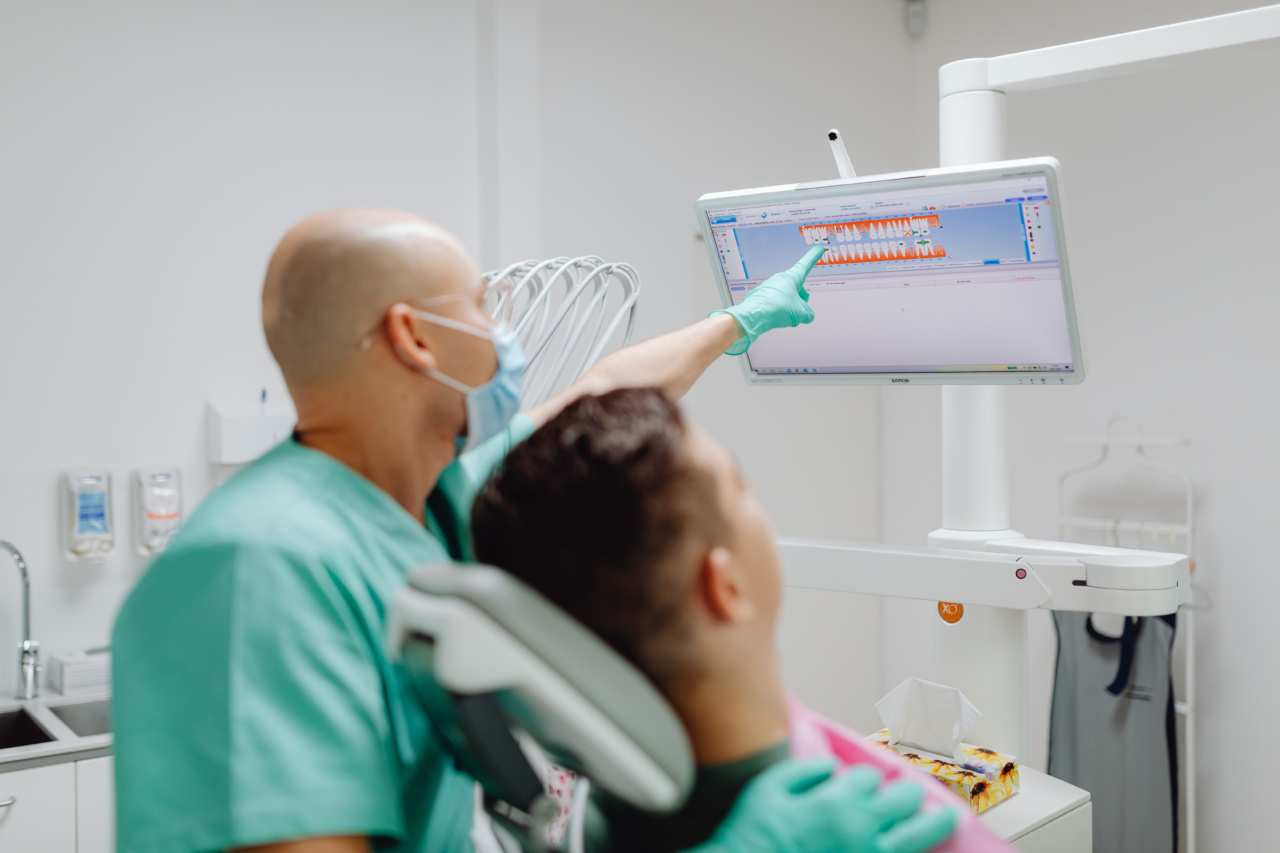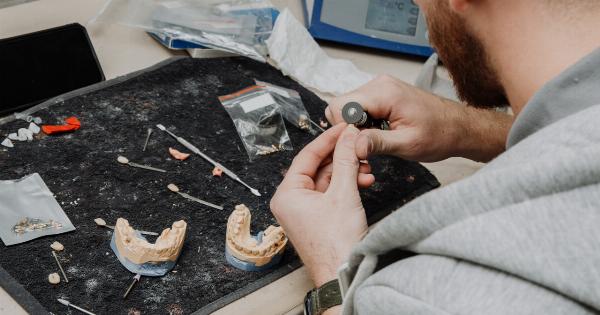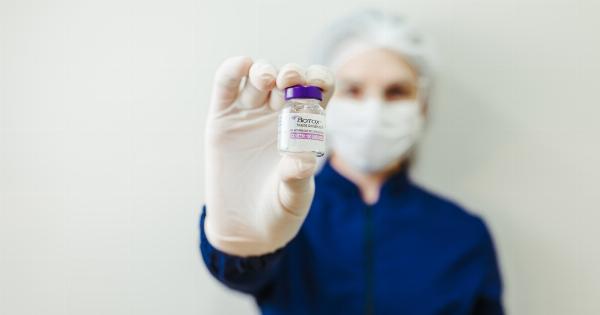Mitral valve deficiency, commonly referred to as mitral regurgitation, is a condition characterized by the ineffective closure of the mitral valve in the heart.
This results in the backward flow of blood from the left ventricle to the left atrium, causing various symptoms and complications. Traditional treatment methods for mitral valve deficiency involve invasive surgeries, which can be high-risk and demand a significant recovery period.
However, Metropolitan Hospital has made a groundbreaking advancement in the field with their innovative transdermal method, offering a minimally invasive and highly effective solution for patients suffering from mitral valve deficiency.
Understanding Mitral Valve Deficiency
Before delving into the innovative transdermal method offered at Metropolitan Hospital, it is essential to comprehend the nature and implications of mitral valve deficiency.
The mitral valve separates the left atrium and the left ventricle, preventing the backflow of blood during the heart’s pumping cycle.
Mitral regurgitation is usually caused by underlying heart conditions, such as valve degeneration, heart attack, or congenital defects.
The inefficient closure of the mitral valve causes blood to leak back into the left atrium, essentially reducing the heart’s ability to pump oxygen-rich blood to the rest of the body.
Traditional Treatment Options for Mitral Valve Deficiency
Historically, surgical intervention has been the primary approach for treating mitral valve deficiency. Two common surgeries performed are mitral valve repair and mitral valve replacement.
Mitral valve repair involves the surgical restoration or reconstruction of the mitral valve.
This procedure aims to fix the faulty valve rather than replacing it entirely, which can preserve the patient’s natural valve and potentially offer better long-term outcomes.
On the other hand, mitral valve replacement entails the removal of the defective valve and replacing it with a prosthetic valve. This procedure is generally recommended for patients with severely damaged or diseased valves that cannot be repaired.
Both surgeries entail the use of general anesthesia, invasive incisions, and a prolonged recovery period. While effective, these traditional treatment options present inherent risks and challenges.
The Innovative Transdermal Method at Metropolitan Hospital
Metropolitan Hospital has pioneered an innovative transdermal method for treating mitral valve deficiency. This revolutionary technique offers a minimally invasive approach that reduces patient risk, discomfort, and recovery time.
The transdermal method involves the application of a specially formulated medication patch on the patient’s skin, targeting the site near the mitral valve.
The medication patch contains a combination of therapeutic agents and nanotechnology to repair and strengthen the valve tissue.
How the Transdermal Method Works
The transdermal method harnesses the body’s natural ability to absorb substances through the skin. By delivering the medication directly to the affected area, it bypasses the need for invasive surgical procedures.
Once applied, the medication patch releases therapeutic agents into the bloodstream, where they travel to the site of the mitral valve deficiency.
These agents stimulate the production of collagen and elastin, crucial proteins for tissue regeneration and reinforcement.
Over time, the damaged tissue around the mitral valve begins to heal and strengthen, resulting in improved valve function.
This innovative method not only addresses the symptoms of mitral valve deficiency but also tackles the underlying causes, promoting long-term cardiac health.
The Advantages of Transdermal Treatment
The use of transdermal treatment for mitral valve deficiency offers several significant advantages over traditional surgical methods:.
- Minimally Invasive: The transdermal method eliminates the need for invasive open-heart surgery, reducing the risk of complications and post-operative infections.
- Rapid Recovery: Patients undergoing transdermal treatment experience significantly shorter recovery periods compared to those who undergo surgical interventions. This allows them to resume their daily activities sooner.
- Preservation of the Natural Valve: Unlike mitral valve replacement surgeries, the transdermal method aims to heal and strengthen the patient’s natural valve, potentially providing better long-term outcomes.
- Reduced Scarring: The transdermal method leaves no visible scars, as it does not require surgical incisions. This aesthetic benefit can significantly improve patients’ self-esteem and body image.
- Potential Cost Savings: Transdermal treatment can potentially offer cost savings compared to traditional surgeries. The avoidance of complex surgical procedures and shorter hospital stays can reduce overall medical expenses.
Conclusion
The innovative transdermal method offered at Metropolitan Hospital represents a significant advancement in the field of mitral valve deficiency treatment.
With its minimally invasive approach and promising results, it provides an effective alternative to traditional surgical options.
Patient safety, expedited recovery periods, and improved long-term outcomes are at the forefront of this groundbreaking technique.
As Metropolitan Hospital continues to refine and expand this revolutionary transdermal method, more patients suffering from mitral valve deficiency can regain their cardiac health while minimizing the physical and emotional burdens associated with invasive surgeries.





























